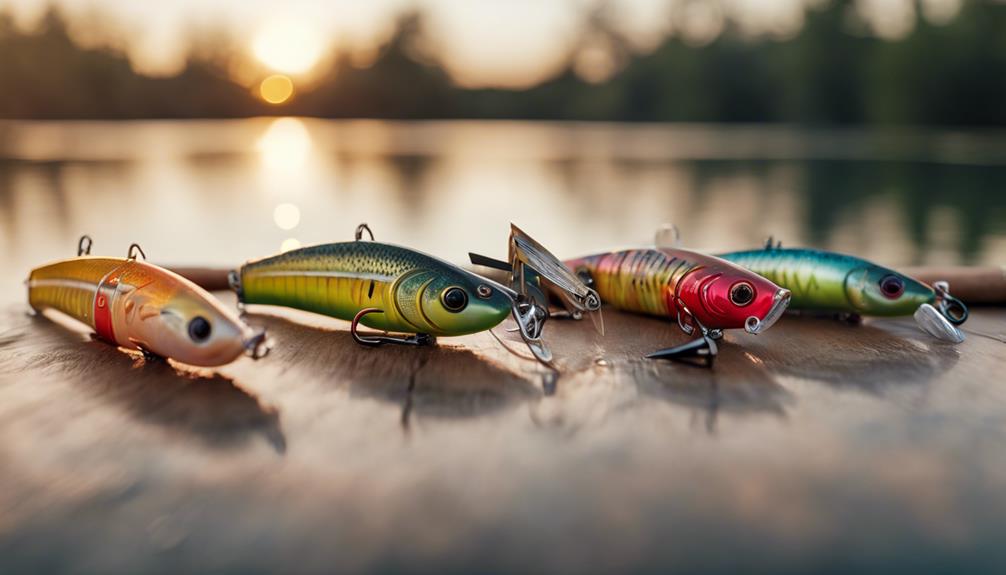Fishing is a beloved pastime for many, and obtaining a fishing license is a crucial step for anyone looking to enjoy this activity legally. But what exactly does a fishing license look like? In this article, we will explore the various aspects of fishing licenses, from their appearance and format to how they vary by state and the importance of acquiring one. Whether you’re a seasoned angler or a novice looking to cast your first line, understanding the intricacies of fishing licenses is essential.
The Basics of Fishing Licenses
A fishing license is a permit issued by a governmental authority, typically a state or provincial agency, that allows individuals to fish in specific bodies of water. While the design and appearance of fishing licenses can differ significantly from one jurisdiction to another, most licenses include certain key elements. These include the license holder’s name, address, date of birth, the type of license (freshwater, saltwater, or both), and an expiration date. Some licenses may also include a unique identification number or barcode for tracking purposes.
Visual Characteristics of a Fishing License
So, what does a fishing license look like in terms of visual characteristics? Many fishing licenses are printed on durable plastic cards, similar to a credit card. The card typically features vibrant colors and images related to fishing, such as fish species or scenic waterways. Additionally, the design may incorporate the logo of the issuing authority, making it easily recognizable. Some licenses might also have security features like holograms or watermarks to prevent forgery, ensuring that the document remains valid and trustworthy.
Types of Fishing Licenses
Fishing licenses come in various types, each serving different purposes. The most common types include individual licenses, which are issued to a single angler, and family or group licenses that allow multiple people to fish under one permit. Furthermore, there are specialized licenses for specific activities, such as trout fishing or ice fishing, as well as licenses for non-residents, which usually come at a higher cost. The appearance of these licenses may vary, but they generally contain similar information as mentioned earlier.
Fishing License Variations by State
One of the most significant factors affecting what a fishing license looks like is the issuing state or province. Each state in the U.S. has its own design and format for fishing licenses. For example, California’s fishing license is a bright green card with a bear logo, while Florida’s license may feature images of local fish species such as tarpon or snook. Additionally, some states offer digital licenses that can be stored on mobile devices, providing convenience for anglers who prefer a paperless option. Understanding these variations can help you identify what a fishing license looks like in your area.
How to Obtain a Fishing License
Obtaining a fishing license is generally a straightforward process. Most states offer online applications through their wildlife or natural resources departments. You can also purchase a fishing license at local bait shops, sporting goods stores, or government offices. To apply, you will typically need to provide personal information, such as your name and address, and may need to pay a fee. The fee varies depending on the type of license and whether you are a resident or non-resident. After completing the application and payment, you will receive your fishing license either digitally or as a physical card.
The Importance of Having a Fishing License
Having a fishing license is not just a legal requirement; it also plays a vital role in conservation efforts. The funds collected from fishing license sales are often used to support wildlife management, habitat restoration, and educational programs. By purchasing a fishing license, you contribute to the preservation of aquatic ecosystems and the maintenance of fish populations for future generations to enjoy. Additionally, fishing licenses help regulate fishing practices, ensuring sustainable enjoyment of this beloved activity.
Common FAQs About Fishing Licenses
To further clarify what a fishing license looks like and its significance, here are some frequently asked questions.
1. Do I need a fishing license for catch and release?
Yes, most states require a fishing license even for catch-and-release fishing.
2. Can I fish without a license if I’m with someone who has one?
Generally, no. Each angler must have their own fishing license, regardless of whether they are fishing with someone who holds one.
3. What happens if I get caught fishing without a license?
Fishing without a valid license can result in fines, confiscation of equipment, and even legal action depending on the severity of the violation.
4. Are there exemptions for certain groups?
Many states offer free or reduced-cost fishing licenses for seniors, disabled individuals, and children under a certain age. It’s important to check the specific regulations in your state.
5. Can I fish in multiple states with one license?
No, fishing licenses are typically valid only in the state where they were issued. If you plan to fish in another state, you will need to obtain that state’s fishing license.
Conclusion: The Value of a Fishing License
In summary, understanding what a fishing license looks like and its importance is essential for anyone looking to enjoy the sport legally and responsibly. From its visual characteristics to the variations across states, a fishing license serves as a gateway to countless fishing adventures. Obtaining a license not only keeps you compliant with local laws but also contributes to conservation efforts that protect our natural resources. So, before you head out on your next fishing trip, ensure that you have your fishing license in hand, and enjoy the great outdoors with peace of mind!
By following the guidelines in this article, you should now have a clear understanding of what a fishing license looks like, how to obtain one, and why it is essential for every angler. Happy fishing!
